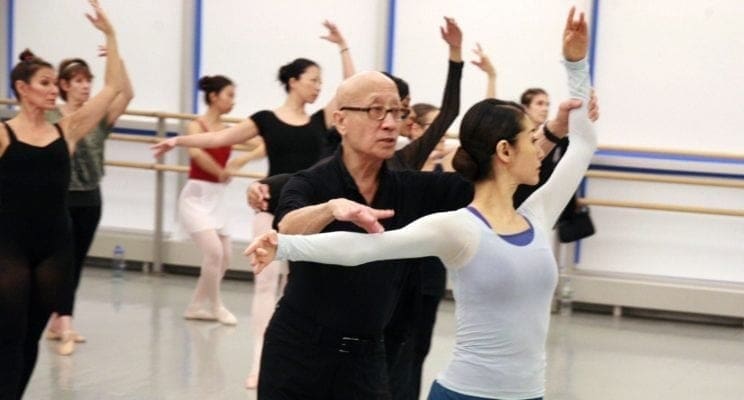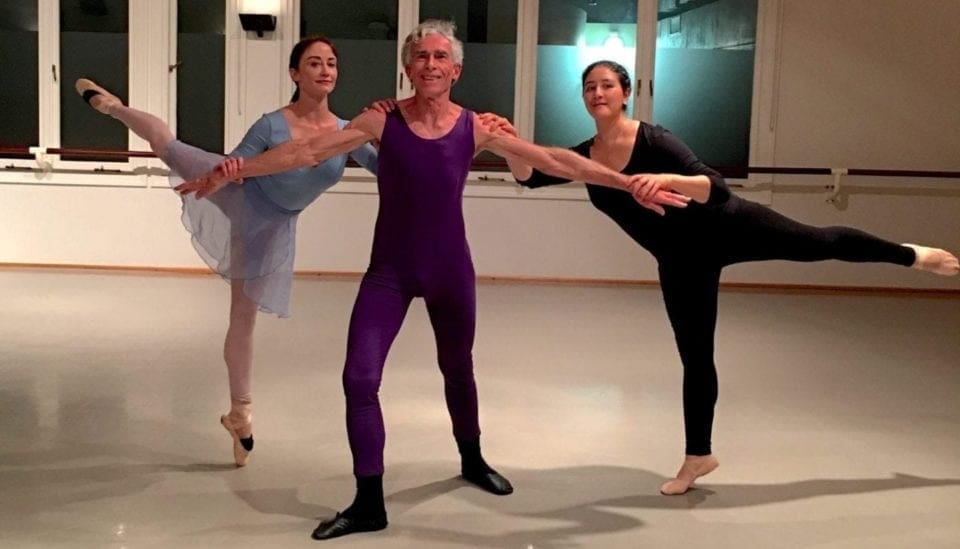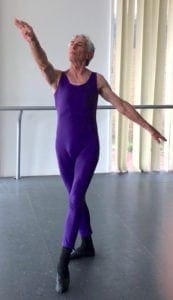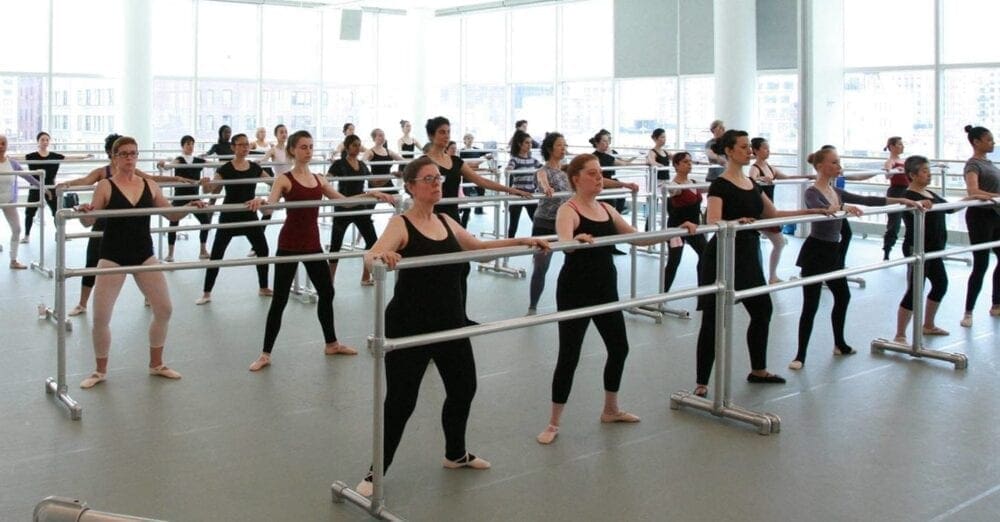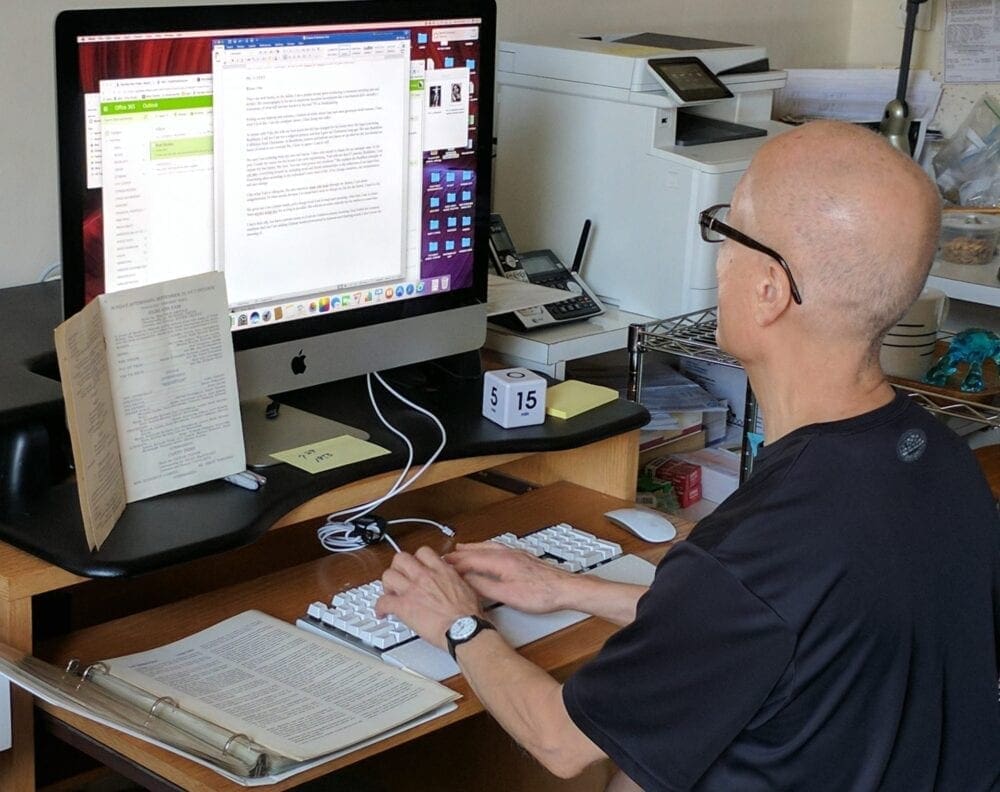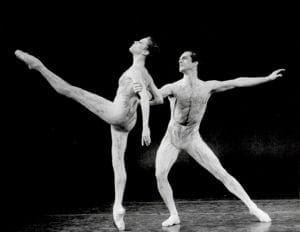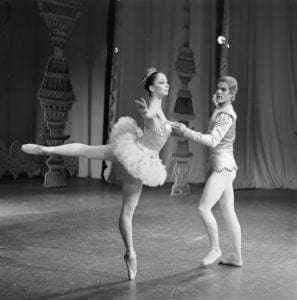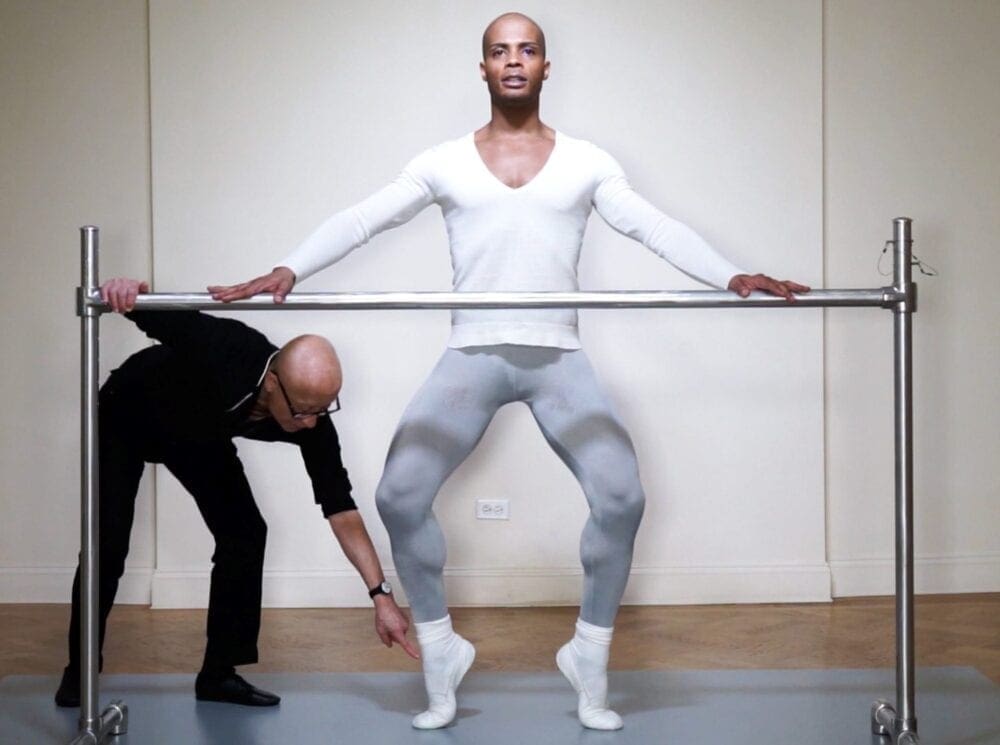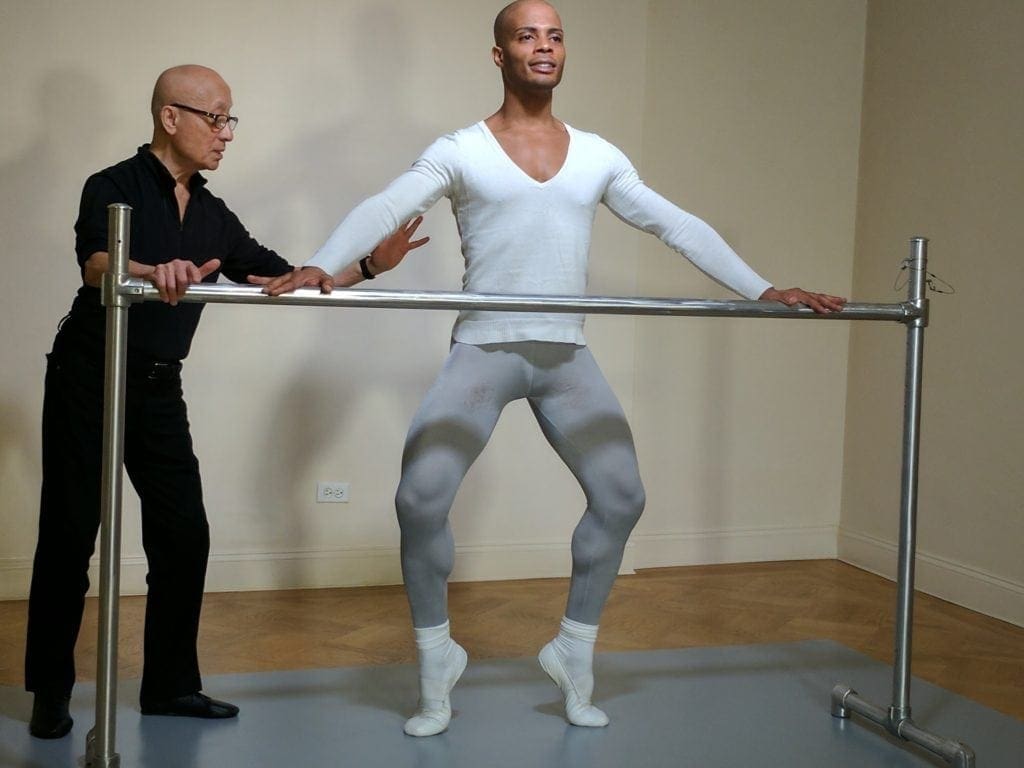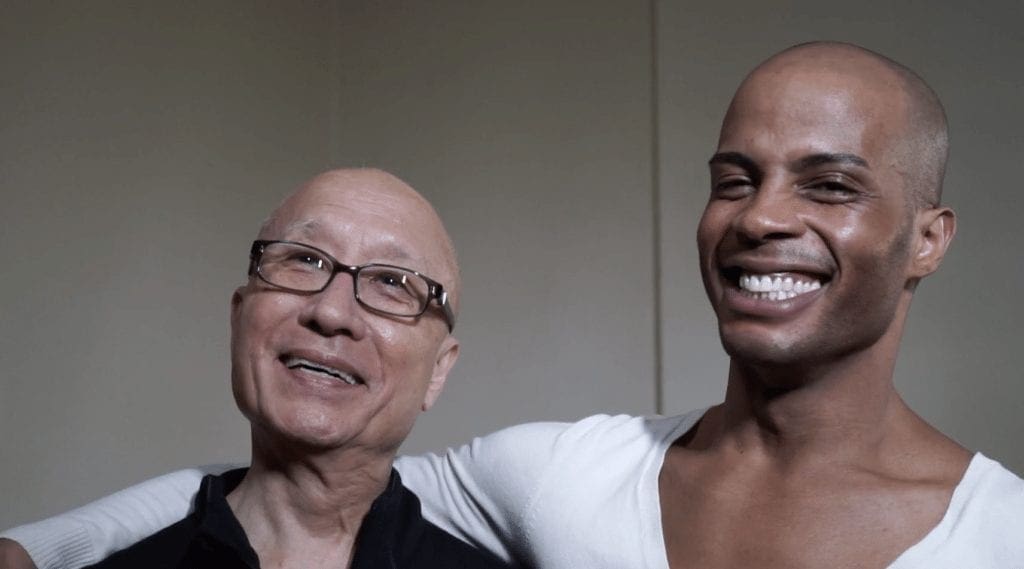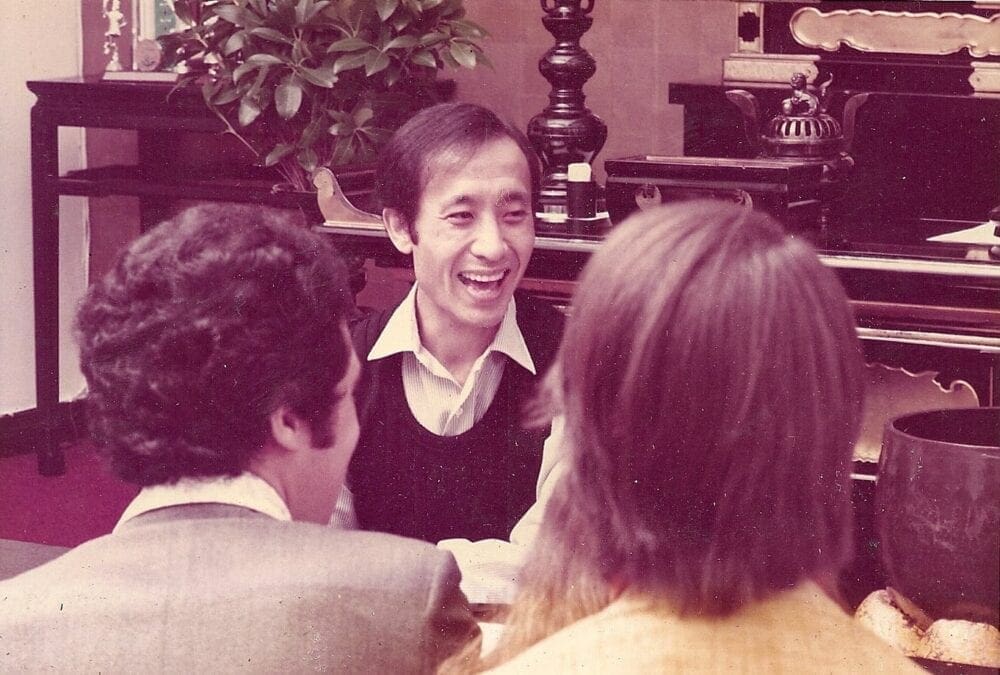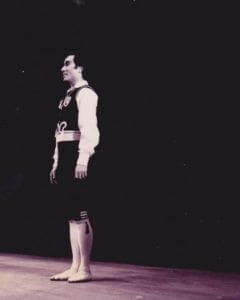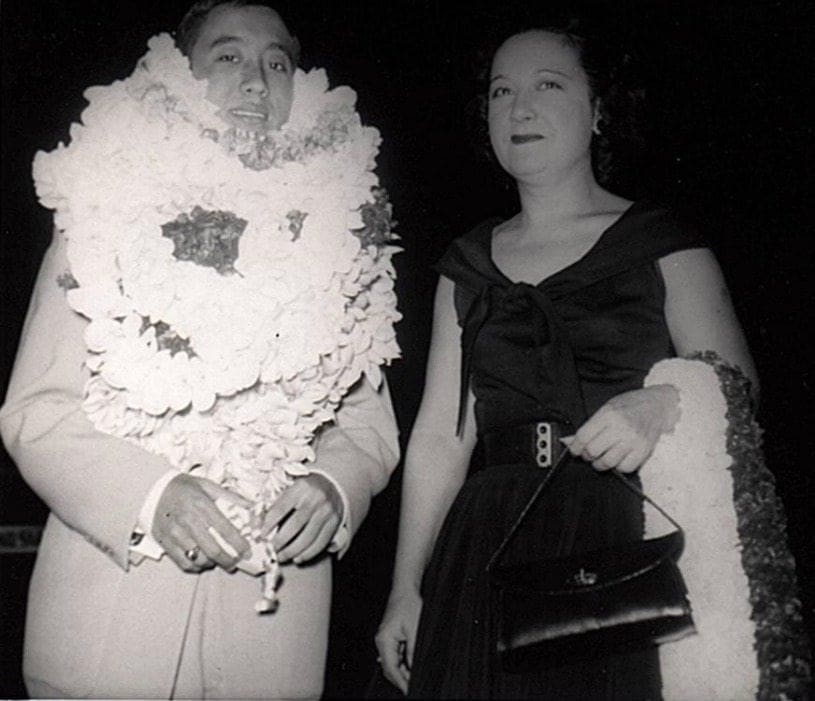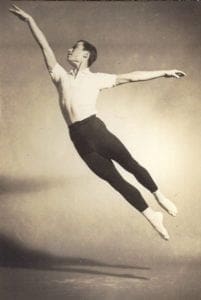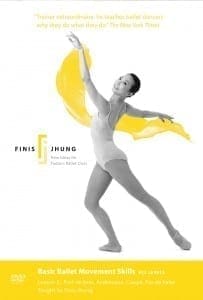Most adult ballet beginners are exactly that: professional adults—lawyers, doctors, teachers, bankers—who live extremely busy lives and do not have the time to take regular ballet class. In fact, many of them either took ballet “lessons” when they were young children or are starting from scratch as adults. What they lack in aptitude and suitability is more than compensated for by their open minds and willingness to try their best.
Even so, they sometimes feel discouraged (or lost) in the most basic Absolute Beginner class. Initially, I thought the solution was to offer monthly intensives, but that did not seem like enough.
So, I have created “Finis Fridays.”
Starting this fall, adult beginners can improve their ballet technique in a new series called FINIS FRIDAYS: three different 2-hour classes to be held at the Pearl Studios in Midtown Manhattan.
The first class is titled LET’S DANCE! and will be exactly that. It begins with a short barre followed by exercises in center floor which teach correct body and arm positions; connecting footwork that travels in different directions; the waltz and balancé, and choreographed dances. If time permits, basic jumps will be included.
The second class is titled TURNOUT, EXTENSION, and begins with a warm-up jog, followed by seated and reclined stretches taken from my video Stretch, Turnout & Extension. After this, the students will come to the barre and work on selected barre exercises which will help stabilize turnout and extension. This class will end with relaxing floor stretches.
The third class is PIROUETTES, TURNS. After a short barre, students will practice preparing for and executing pirouettes en dehors and en dedans, châinés, and piqué turns. As always, the emphasis will be on teaching students the “untaught” preparations all good dancers use onstage, but which go unseen by the uneducated eye. We are going to enjoy unraveling the mysteries of turns!
These slowly paced, extremely detailed, step-by-step classes have proven to be remarkably effective. Not only do the students learn the material needed, they also develop self-esteem as they discover that they are capable of doing more challenging ballet work. Some of the more avid students further their knowledge by studying my instructional videos at home, and that too has proven effective.
The Return to Class.
Now, these “Adult Babies” are ready to move confidently with the rest of the class!
Ultimately, it’s the classroom experience where we are all together that makes the biggest difference in helping my “ballet babies” advance. It requires extreme patience and constant instruction on my part, and devoted concentration and muscular involvement on theirs. But time has proven that this is the best way to teach adult beginner ballet students what they need to know. FINIS FRIDAYS will help ballet newcomers learn how to move with graceful dignity and strength, both in the studio, and in the world.
Photo: Finis Jhung and demonstrator Mayumi Omagari show how it’s done. (photo by Stephen von der Launitz)

